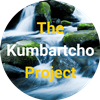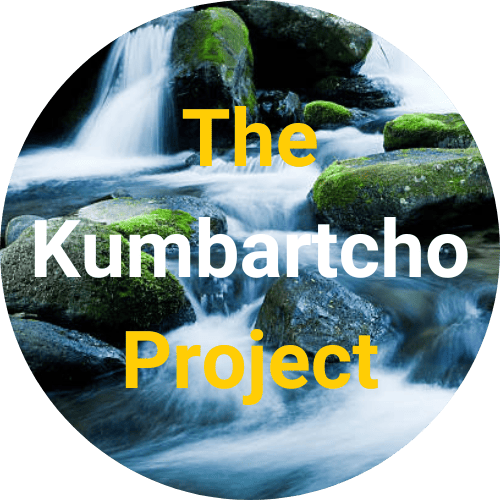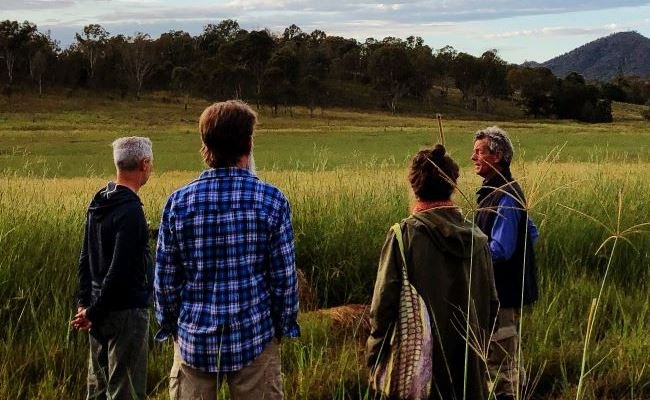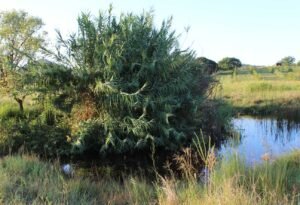We are part of an intelligent system, not the intelligent ones.
Transcript for the Ernst Götsch Video
Ernst Gotsch Syntropics
Wouldn’t it be smarter to create agroecosystems in which the plant is comfortable, and we could focus only on what we have to do?
This has always been a part of my project: watching and studying how nature works.
By comparing the ways it acts and trusting it over our own concepts.
And, based on everything I’ve seen, that does make sense, and I’ve gotten good results from it.
So I quit my job and started working on my own. First in Europe, with their ecosystem.
Then, in the late 1970’s in Costa Rica and, from the late 1980’s onwards, here, in Brazil.
Ernst’s been living in Brazil since 1982
In 1984, he bought a farm in Pirai Do Norte (Bahia). He developed the syntropic Agriculture Concept on that farm.
Syntropic agriculture is a farming method that relies on principles developed by nature itself. Here’s the one I’ve just cut down. And this one is from a different prune I did a few months ago.
Some things decompose faster, like these leaves. There’s also some slightly older wood.
Notice how dark the soil is. This is the result of 34 years of work, with constant harvests and no outside fertilizers, no outside materials, just the balance of the ecosystem itself.
By doing that I recycle approximately 180 to 200 tons of green matter per hectare of land, per year, which corresponds to approximately, 15 to 20 tons of dry matter.
Agroforestry does allow you to use external fertilisers, maybe some pesticide, but I choose to not use anything. The greatest asset I use for my agriculture is knowledge.
I bought this place in 1984, after seeing only the map and pictures taken by Ibama.
It used to have the poorest soil in the region. Ten years later, Ibama workers came to see me and asked me what I was doing, because the soil quality index was rising every year.
Back the, the SQI was 7.8, whereas 1 stands for tilled land and 10 stands for gallery forest or riparian forest in a rainforest environment.
Gotsch’s Farm Has 487 hectares.
Most of it became a natural reserve in 1995.
Ernst only uses about 5 hectares for research and production.
I started off working with cassava, it was the most important tool, along with the pineapples.
The real force for change at the early stages, the one that does the heavy lifting, is cassava. And I used plenty of trees.
I planted around 7 to 10 seeds of different kinds of trees every square metre.
My system, my agriculture technique is process-based.
I build an agroecosystem, whose dynamics, whose workings, are similar to the site’s original, natural ecosystem.
I use biological processes to provide micronutrients. This soil here was considered poor and unfit for growing cocoa.
Thirty years later, they run the tests and the soil has pH comparable to the most fertile cocoa farms in Bahia, even though I have never used artificial means.
This process creates hardy plants that don’t require fertilizer.
Every three of four weeks, we harvest the cocoa, then we dry it, turn it into…We make…
We grind it to liquid, turn it into a drink and sell it, with no added sugar.
We always use everything it can give. And, on top of everything else, we can always… Straight up eat it. The fruit’s just wonderful.
OLHOS DAGUA FARM’S COCOA PRODUCTION YIELDS ABOUT 2,600 POUNDS PER HECTARE.
THE AVERAGE PRODUCTIVITY IN BRAZIL IS 856 POUNDS PER HECTARE
I’m not a missionary. Not at all. I work with plants because I like it. Ever since I was little.
Plants don’t lie, they don’t fake. Neither do the animals, only humans do.
Humans are the only species that spends money to kill their own kin.
In nature, realationships in a species are based on unconditional love and co-operation.
They think, “What can I do to be liked? To be useful in this system? How will I grow my food so that it needs no action or counter-action?”
With that, the immune system will require less resources, so the system will yield more.
The principals are from nature, you can apply them both to a handful of plants you grow on your apartment’s balcony and in larger scales, because the laws are the same.
Today, we seek enemies. Instead of looking for the problem in ourselves, we’re looking for it outside.
Every civilisation we have built – and there were hundreds of them – they all had teh same fate, they all made the same mistake: driving forests back.
If we keep up our bad behaviour, we won’t end life in the whole planet, but we might end our own species in our planet.
It’s about attitude. All we have to do is understand and be willing. There’s no way around it.
In order to produce quality food for everyone in the future, we need to use the principles nature itself has developed.



